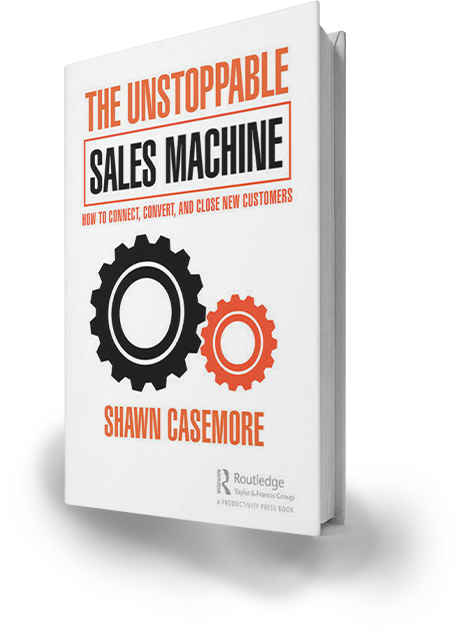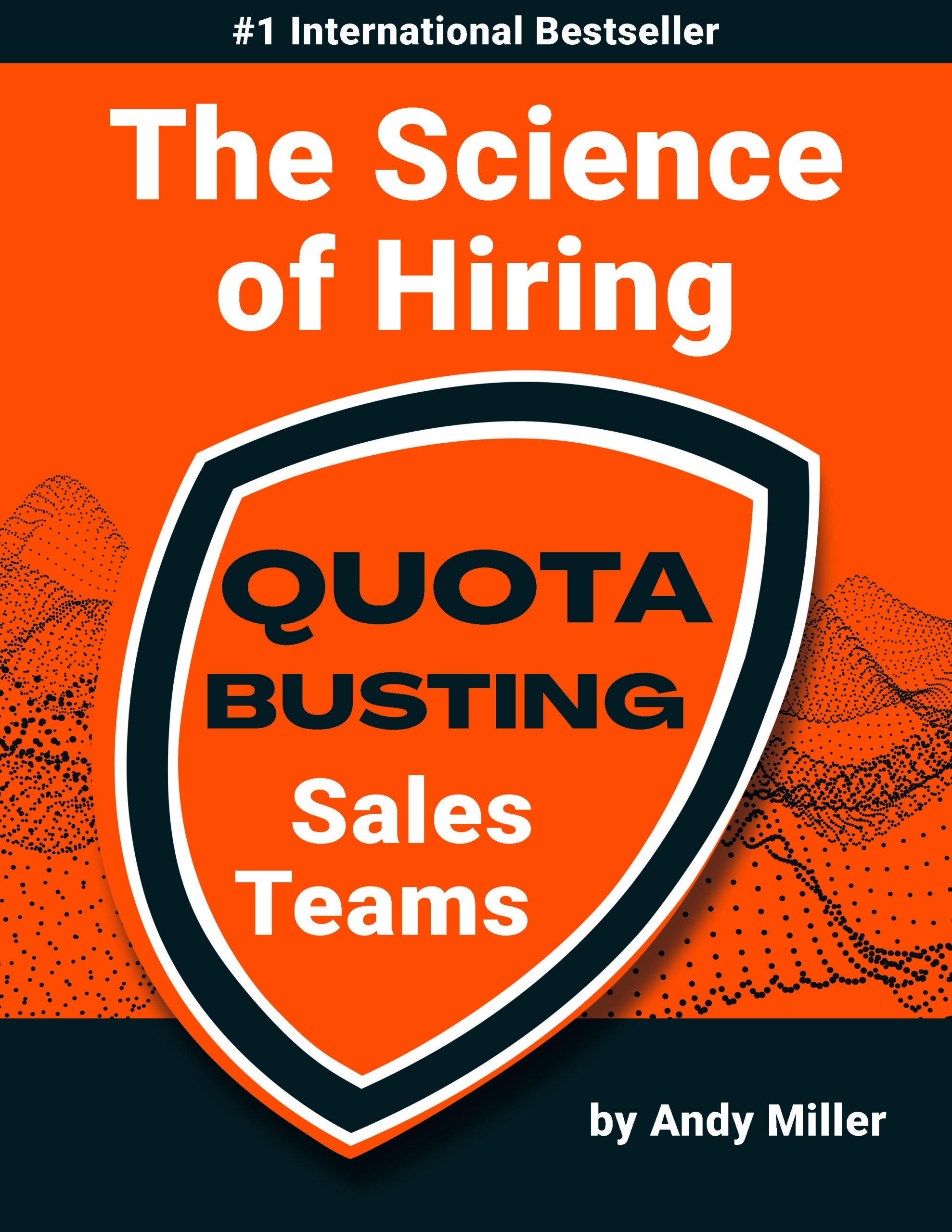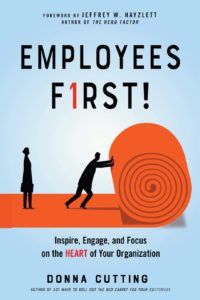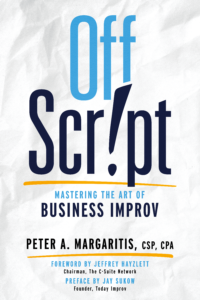Lead Right For Your Company's Type: How to Connect Your Culture With Your Customer Promise
William E. Schneider
“Lead Right For Your Company’s Type: How to Connect Your Culture With Your Customer Promise” shows how every organization falls into one of four categories determined by their customer promise: the “predictable and dependable” enterprise delivering consistent, reliable, and dependable products or services; the “best-in-class” enterprise delivering one-of-a-kind and distinctive products or services; the “customized” enterprise delivering a unique solution to each customer; or the “enrichment” enterprise promising fulfillment and the realization of higher-level purposes. This book provides examples of world-renowned companies in a wide range of industries to illustrate the benefits of leading in the way that fits their company type. And it gives practical steps you’ll be able to apply immediately to your organization.
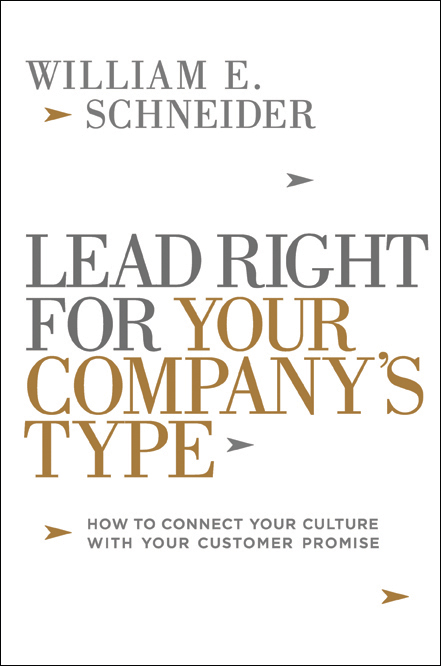
About the Author
William E. Schneider, PhD, is a consulting psychologist and co-owner of Corporate Development Group (CDG), a leadership and organizational development firm in Englewood, Colorado. Over the course of his 35-year career, he has consulted with more than 4,000 leaders in nonprofit and for-profit sectors. The framework used in "Lead Right for Your Company's Type" was named one of the top systems of thought that have made the greatest contributions to consulting psychology over the past century by the American Psychological Association. He is also the author of "The Reengineering Alternative."

Your Customers Are Not "Outside" Your Enterprise
In a 2016 Lexington Herald Leader newspaper article, a professional PR executive wrote an article titled "In the New Year, Small Business Should Focus on the Customer." This executive proposes that "..focusing on the customer is the top trend for 2016." Focusing on one's customers is not a "trend." Without customers, your enterprise does not exist. The same is true for leaders and employees. Every non-profit and for-profit enterprise is a living people system - comprised of customers, leaders and employees. All three are the three living elements to your enterprise. They are inextricably connected to one another. They are interdependent. Each 'depends upon' the others. When we treat them as if they were separate from one another or when we (unconsciously) mechanize and/or commoditize one or more of these three elements, we create distortions, misconceptions and contradictions. The major distortion is that we start treating one another as objects. We label our customers as "ratepayers" or "consumers." We call employees "laborers" or "jobholders." We call leaders "officers" or "controllers." We call people "human capita." Or, we view customer focus as a "trend." At its essence, your enterprise is biological, not mechanical.





